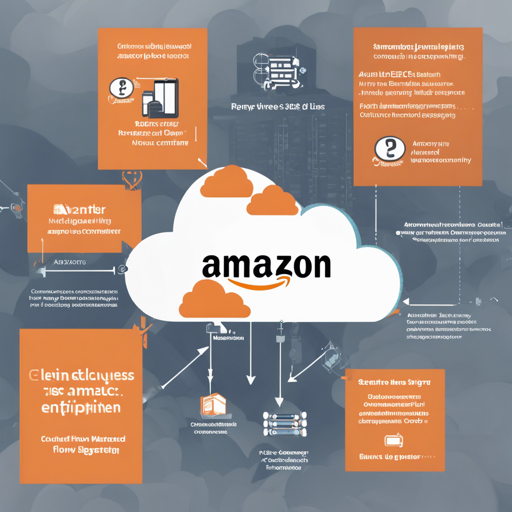Continuous deployment is a game-changer in software delivery, allowing teams to push changes to production environments automatically. In this guide, we will explore how to set up a continuous deployment pipeline for an application on Amazon Elastic Container Service (Amazon ECS) using AWS CodePipeline and AWS CodeBuild. Let’s dive into the intricacies of making your software deployment seamless!
Step-by-Step Guide to Setting Up Continuous Deployment
The following steps outline the process of creating a continuous deployment for the ECS sample application.
1. Fork the GitHub Repository
- Start by forking the Amazon ECS sample app GitHub repository to your account.
- Open your terminal and run the following command, replacing your_github_username with your actual GitHub username:
git clone https://github.com/your_github_username/ecs-demo-php-simple-appThis command creates a directory named ecs-demo-php-simple-app in your current directory, containing the code for the Amazon ECS sample app.
2. Create the CloudFormation Stack
Next, you need to deploy the CloudFormation stack. Choose a region from the list below that supports all necessary services:
Input the necessary parameters, such as:
- Launch Type: Choose between AWS Fargate or Amazon EC2.
- GitHub Configuration: Enter your repository name, branch, username, and personal access token which can be obtained from GitHub settings.
3. Testing the Example
Once your CloudFormation stack is deployed, the latest GitHub commit will be triggered through the pipeline and deployed on ECS. Here’s how to test it:
- Open the PipelineUrl to watch the deployment progress in the AWS Management Console.
- After deployment, visit the ServiceUrl to load the application page.
- To truly test the continuous deployment, modify src/index.php in your repository and push the changes to GitHub. The pipeline will automatically build and deploy the new application!
4. Cleaning Up Resources
To remove all resources created during this example:
- Delete the main CloudFormation stack to remove all associated resources.
- Manually delete certain resources like the S3 bucket (ArtifactBucket) and ECR repository (Repository).
Understanding the Code with an Analogy
Think of this deployment process like preparing a food order in a restaurant. When a customer places an order (pushes a commit), the kitchen staff (CodeBuild) receives the order and prepares the food (builds the container image). As soon as the food is ready, it is sent to the dining area (deployed on ECS) where customers (users) can enjoy their meals (the application). If a customer asks for a change (pushes a new commit), the same process occurs without the need for explicit approval—the food is promptly adjusted and served!
Troubleshooting Tips
If you encounter issues during the deployment, consider the following:
- Ensure your GitHub Access Token has the necessary permissions to trigger the webhook.
- Double-check the region you are deploying the stack to; services are not available in all regions.
- Review the logs in AWS CodeBuild for any errors that may have occurred during image building.
- For more insights, updates, or to collaborate on AI development projects, stay connected with fxis.ai.
At fxis.ai, we believe that such advancements are crucial for the future of AI, as they enable more comprehensive and effective solutions. Our team is continually exploring new methodologies to push the envelope in artificial intelligence, ensuring that our clients benefit from the latest technological innovations.
With this guide, you should be able to successfully set up a continuous deployment pipeline for your application on Amazon ECS. Happy coding!

